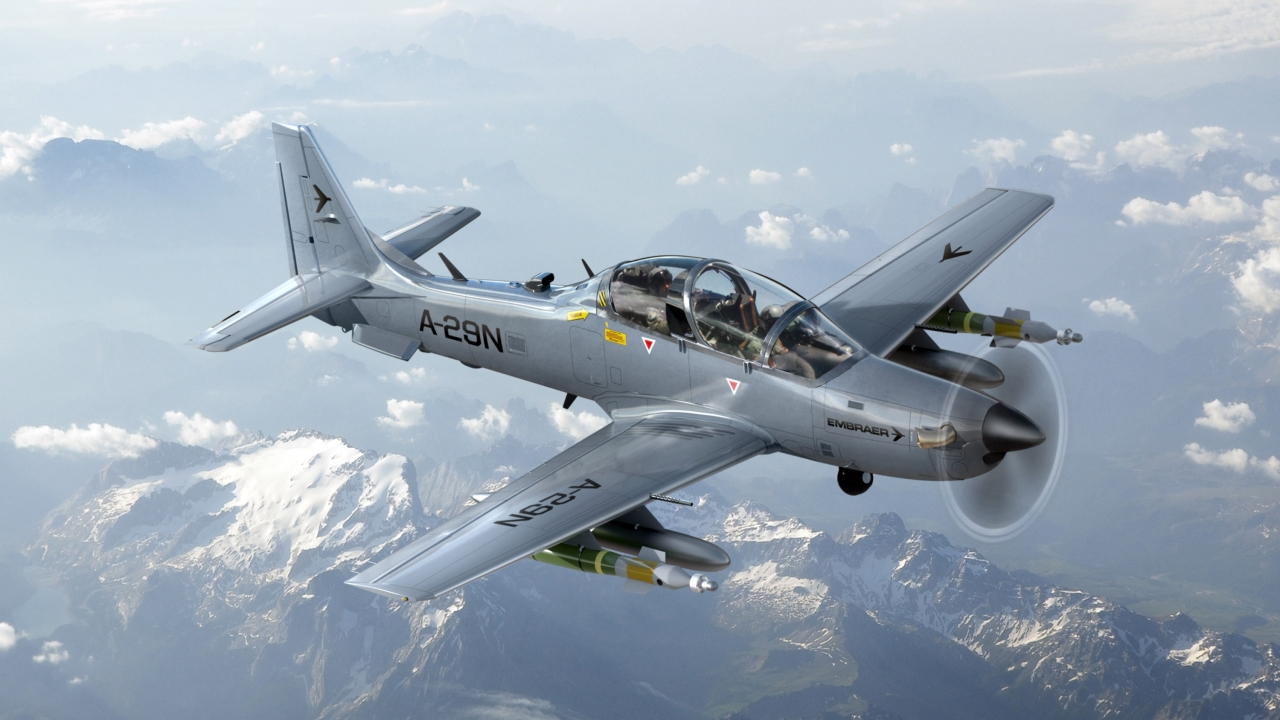Saab wins UAE interim AEW order

In something of a surprise move, the UAE Air Force and Air Defence has announced a $220 million (€148.3 m, 814.4 AED, 1.5 billion SEK) contract for a pair of AEW-configured Saab 340 aircraft as an interim solution to its long-standing operational requirement for an airborne early warning capability.
No Saab 340 Erieye was present at the Dubai Airshow, while the static park did feature a US Navy E-2C Hawkeye parked alongside the first RAAF Boeing 737 Wedgetail aircraft, which had interrupted its ferry flight to Australia.
Major General Faris Al Mazrouei, the chief of the UAE Armed Forces’ logistics staff, made it clear that the purchase of the two ex-Swedish Air Force Saab S100 Argus aircraft represented an interim measure, and that the UAE wasn’t yet ready to make a decision on the long-term airborne early warning solution. The new aircraft are to be used to train the UAE military in airborne early warning and command and control capabilities.
The contract covers the supply of two Saab 340 AEW aircraft, fully outfitted with the advanced Erieye radar system, as well as associated ground equipment, initial spares, and logistics and support services.
The two aircraft will be modified with some new and some replaced equipment, with the explicit aim of shortening delivery times as much as possible, according to Sten Söderström, Saab’s VP of sales and marketing. The first machine is to be delivered during the third quarter of 2010 and the second around the first quarter of 2011.
Al Mazrouei said: “The UAE Air Force and Air Defence is currently evaluating several options to purchase permanent solution command and early warning aircraft to meet operational requirements.”
He confirmed that the Saab 2000-based Erieye was still under active consideration, together with the Boeing 737 AEW&C (which he described as having “suffered technical difficulties”) and the Northrop Grumman E-2D Hawkeye which, he pointed out, was not yet in service with the US Navy. This helped to explain the UAE’s decision not to commit to a definitive ‘permanent solution’ programme.
Though acquired by the UAE as an interim solution, the Saab 340 Erieye combination is an extremely effective airspace and air battle management platform, proven by the Swedish Air Force, which has a formidable reputation for being at the leading edge of network centric and net enabled air power operations.
Saab’s Erieye surveillance system is also in service (or entering service) on Saab 340 aircraft platforms with the Royal Thai Air Force and on the R-99A derivative of the Embraer ERJ145 regional jet with Brazil, Greece, and Mexico, as well as on the Saab 2000 with Pakistan.
The Erieye radar system was developed by Ericsson Microwave Systems (now Saab Microwave Systems) and is an active, pulse-Doppler radar with an innovative large aperture, dual-sided fixed-phased array antenna mounted in a dorsal fore-and-aft 'plank' fairing. This incorporates some 192 transmit/receive modules that are used to produce a pencil beam, which can be steered as required within the 150 degree operating sector on each side of the aircraft (scanning on one side of the aircraft at a time). The Erieye radar can detect airborne targets in the 30 degree sectors directly ahead of the aircraft and behind it, but may have little tracking capability in these sectors.
The antenna provides coverage out to a range of 450km and has a detection range of 350km, even in a dense electronic warfare environment or against low flying targets in heavy radar clutter.
The Erieye Ground Interface Segment (EGIS) provides a two-way exchange of data between the airborne AEW & C platform and a ground-based air defence network via an associated datalink sub-system, or on-board operators can control friendly fighters directly. But Erieye is not just for air defence – the detailed situational picture that it provides can also be used to support border control or even rescue operations.
The UAE’s acquisition of the Erieye gives the nations of the Gulf Cooperation Council (Bahrain, Kuwait, Oman, Qatar, Saudi Arabia and the UAE) an additional AEW component (augmenting the Royal Saudi Air Force’s E-3 Sentries), and marks a renewed effort to produce an increasingly effective and integrated command-and-control infrastructure, with airborne platforms and long range ground-based radars.
Saab CEO Åke Svensson was clearly delighted by the announcement. “We’ve been conducting discussions concerning an airborne surveillance system for the UAE for several years. This contract award is proof of our expertise and international competitiveness in the field of network-based solutions.” The company seems optimistic that Erieye could be selected to meet the full requirement, as well.
Timescales for a permanent solution remain unclear and the situation has been further muddied by speculation that the UAE is now also looking at a procurement of a Global Express-based ground surveillance aircraft, like the UK’s ASTOR-equipped Sentinel R.Mk 1, following a presentation by Brig Gen Ibrahim Naser Alalawi.
Stay up to date
Subscribe to the free Times Aerospace newsletter and receive the latest content every week. We'll never share your email address.

